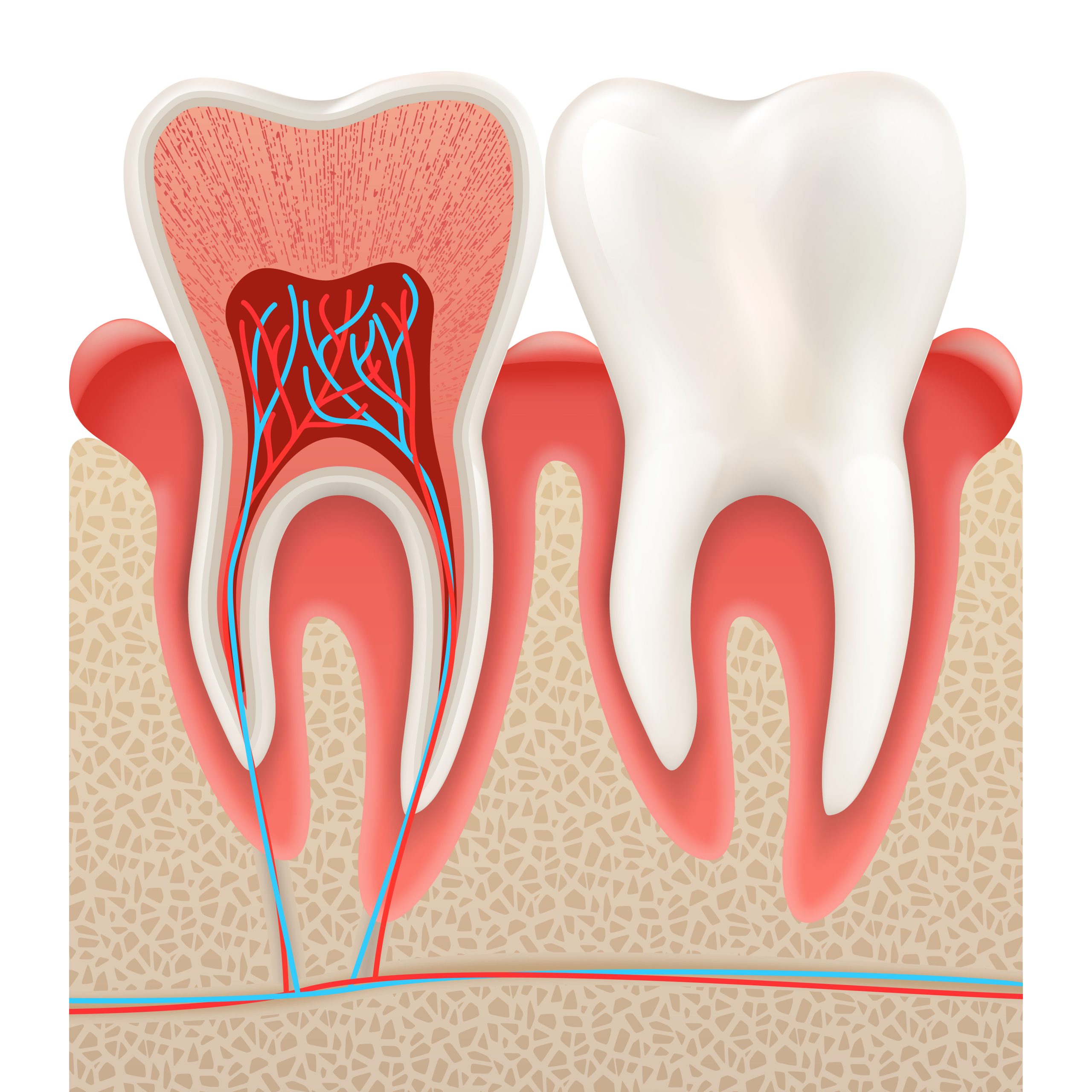Root
Canal
Sugar Land, TX
Affordable Root Canal Treatment For Sugar Land Residents
If you're in search of top-notch dental care in Sugar Land, Texas, look no further than Dr. Sonny Naderi at Best Dental. Dr. Naderi is a highly skilled and compassionate dentist known for his expertise in performing root canals. When it comes to addressing complex dental issues, especially root canals, you need a practitioner with a gentle touch and a wealth of experience. Dr. Naderi combines both in his practice, making him the go-to choice for those in Sugar Land and the surrounding areas seeking advanced dental care. Whether you're dealing with a painful tooth infection or require a root canal procedure, Dr. Sonny Naderi and his dedicated team at Best Dental are here to provide you with the exceptional care and attention you deserve. Your journey to a healthier, pain-free smile starts here.
What Is It?
Can you explain what a root canal is and why it might be necessary for my dental condition?
A root canal, also known as endodontic therapy, is a dental procedure that is performed to save a tooth that has a damaged or infected pulp, the innermost part of the tooth. The pulp contains nerves, blood vessels, and connective tissue, and it can become infected or inflamed due to various reasons, such as deep decay, dental trauma, or a cracked tooth.
Here’s why a root canal might be necessary for your dental condition:
- Infection: When the pulp of a tooth becomes infected, it can lead to severe pain, swelling, and the formation of abscesses. In some cases, the infection may spread to the surrounding tissues or even to other parts of the body, which can be dangerous.
- Deep Decay: Advanced tooth decay that has penetrated the outer layers of the tooth and reached the pulp can lead to intense pain and discomfort, making a root canal necessary to alleviate these symptoms.
- Trauma: A tooth injury, such as a fracture or a blow to the tooth, can damage the pulp. Even if there are no immediate symptoms, over time, the tooth may become painful and require a root canal.
- Cracked Tooth: A cracked tooth may expose the pulp to bacteria and lead to infection or inflammation. A root canal can help prevent further damage.
The root canal procedure involves removing the infected or inflamed pulp, cleaning and disinfecting the inside of the tooth, and then sealing it to prevent further infection. This not only relieves pain but also allows you to retain your natural tooth, which is often the best option for maintaining proper dental function and appearance.
When Do You Need One?
What are the typical signs and symptoms that indicate I may need a root canal?
Typical signs and symptoms that may indicate the need for a root canal include severe toothache or pain when biting down, increased sensitivity to hot and cold temperatures, swelling or tenderness in the gum area near the affected tooth, a pimple-like bump on the gums (known as a dental abscess), and darkening or discoloration of the tooth. These symptoms often signal an underlying issue, such as pulp infection or inflammation, and should prompt you to seek immediate dental evaluation and treatment, as a root canal procedure may be necessary to alleviate the pain and save the tooth.

Are there alternative treatments to a root canal, and when is a root canal the best option?
There are alternative treatments to a root canal, and the choice between them depends on the specific condition of your tooth and your dental health. The main alternatives include:
- Tooth Extraction: If the infected or damaged tooth cannot be saved or if the patient prefers not to undergo a root canal, the tooth can be extracted. However, tooth extraction can lead to issues like difficulty chewing, shifting of neighboring teeth, and the need for tooth replacement options like dental implants or bridges.
- Antibiotics and Pain Management: In some cases of mild pulp inflammation, antibiotics and pain management may provide temporary relief. However, this is not a long-term solution and doesn’t address the underlying issue.
A root canal is typically the best option when:
- The tooth’s structure can still be preserved, and it is essential for proper chewing and maintaining the alignment of your other teeth.
- The infection or damage to the pulp is significant, making extraction the only alternative.
- You want to retain your natural tooth rather than opting for a prosthetic replacement.
It’s essential to consult with a dentist to evaluate your specific situation and determine the most suitable treatment option, as they will consider factors such as the tooth’s location, your overall oral health, and your preferences when making a recommendation.
Can you walk me through the step-by-step process of a root canal treatment?
Certainly, a root canal procedure typically involves several steps:
- Diagnosis and Evaluation: The process begins with a thorough examination, which may include X-rays, to assess the extent of the damage or infection and determine if a root canal is needed.
- Anesthesia: Before the procedure begins, the dentist will administer a local anesthetic to numb the tooth and the surrounding area, ensuring you don’t feel pain during the treatment.
- Isolation: The dentist will place a rubber dam around the affected tooth to keep it dry and free from saliva during the procedure.
- Access Opening: A small access hole is drilled into the crown of the tooth, providing access to the pulp chamber.
- Cleaning and Shaping: The infected or damaged pulp is carefully removed using specialized instruments. The interior of the tooth is then cleaned, disinfected, and shaped to prepare it for filling.
- Filling: After cleaning and shaping, the empty pulp chamber and root canals are filled with a biocompatible material called gutta-percha. This seals the space and prevents reinfection.
- Sealing: The access opening in the tooth is sealed with a temporary or permanent filling. In some cases, a crown may be recommended to protect and restore the tooth, as a tooth that has undergone a root canal can become brittle over time.
- Follow-up: You will typically be scheduled for a follow-up appointment to ensure the tooth is healing properly and to discuss any additional restoration, such as a crown, if needed.
The entire process aims to remove the source of infection or pain (the infected pulp), clean and disinfect the inside of the tooth, and then seal it to prevent further infection. Root canals have a high success rate and can save a tooth that might otherwise need to be extracted.

What is the cost of a root canal in Sugar Land, and does dental insurance cover it?
The cost of a root canal in Sugar Land, Texas, can vary depending on various factors, including the tooth’s location, the complexity of the case, and the specific dental provider. On average, a root canal can range from $800 to $1,500 or more, with molars typically being on the higher end of the cost spectrum due to their complexity.
Dental insurance often covers a portion of the cost of a root canal procedure. The extent of coverage and the specific details vary from one insurance plan to another. Some plans may cover a significant portion of the cost, while others may cover only a percentage. It’s crucial to check with your dental insurance provider to understand the details of your coverage, including any deductibles, copayments, or limitations.
For More Information About Root Canals In Sugar Land, TX Contact Our Team Today!
We look forward to hearing from you.
